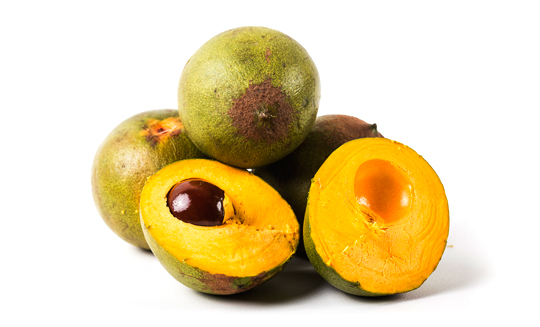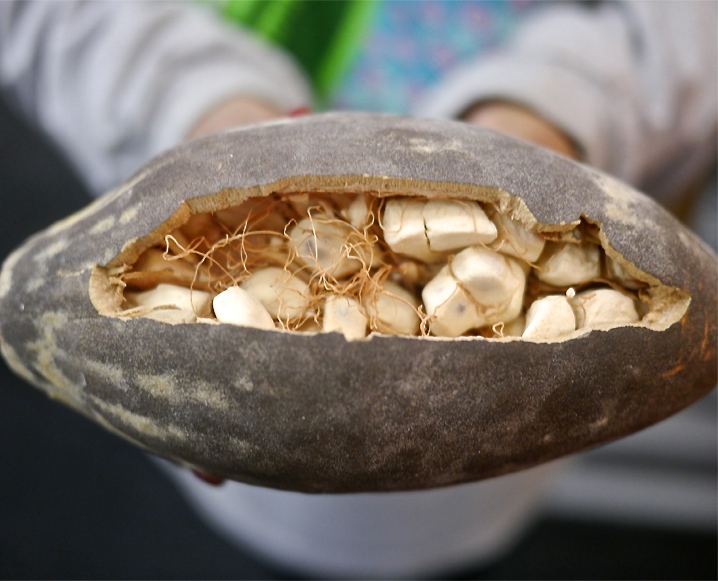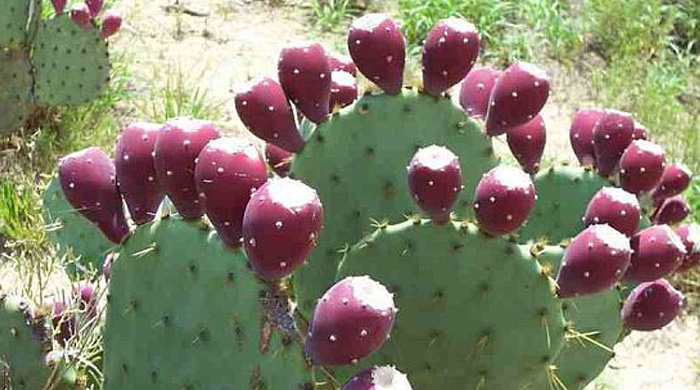Every year we come across new crash diet and fashionable nutrition trends that we haven’t seen before. From Quinoa, Chia seeds, Acai berry, Coconut oil, Garinia Combogia to Kombucha tea, people like Dr. Oz and millions of dollars of advertising makes us belief that we have just discovered a new fountain of youth. For some miraculous reason, the fad wears off over time and we are back at it again.
Well, 2017 has old and new things in store for you, some myths, some trends funded by interest groups or companies, and some trends that might actually make sense. Here are some that I have been watching:
#1 Alternative Sugars
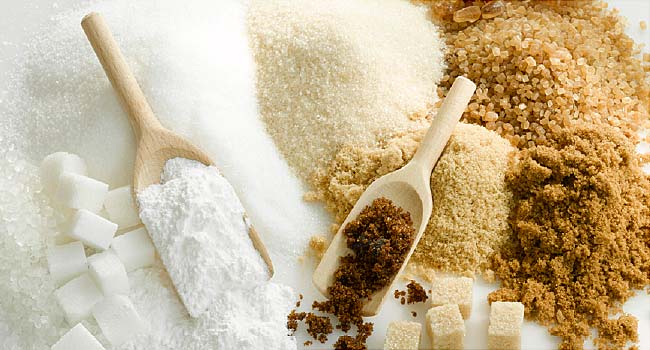
Recently the stores are flooded with all kinds of sugars that I had never heard about. Palm sugar, Coconut Sugar, Agave Nectar, and Date sugar. They do sound like “better” sugar than the usual refined white sugar most of us have in our kitchen, but are they really? Regardless of where the sugar comes from, it is still sugar and we should be careful in using it in moderation.
#2 Broccoli Rabe (Rapini)
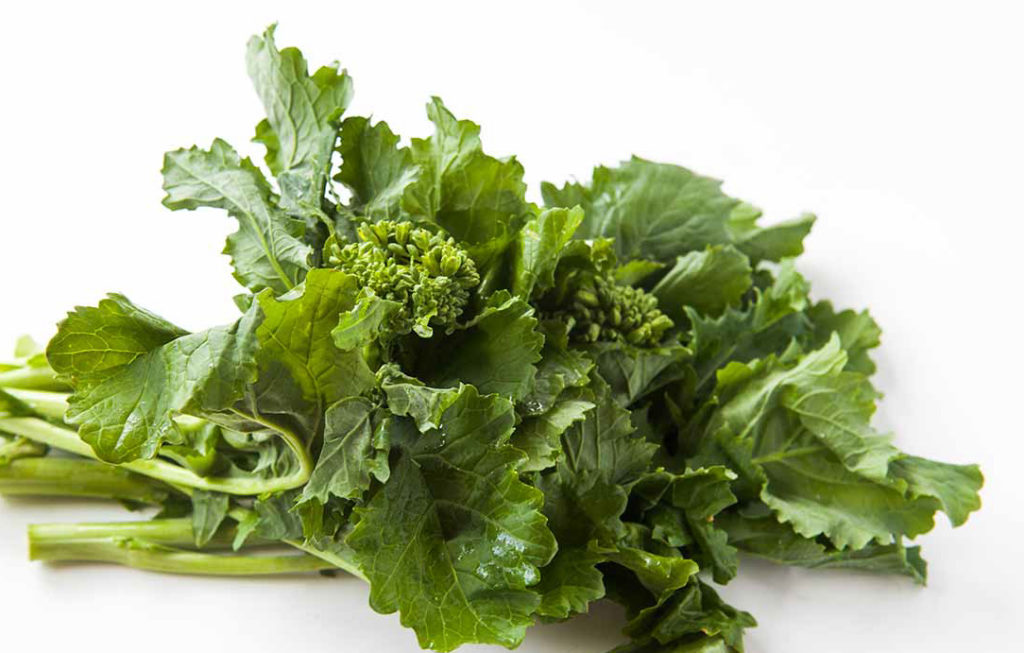
Broccoli rabe, known as Rapini in Italy, is a bitter cruciferous vegetable, much like brussels sprouts. The little flowers at the end look like broccoli and therefore the name. It is similar to dandelion greens, Turnip greens or Mustard greens in its nutritional profile. So, I am not sure what the hype is all about.
#3 Teff
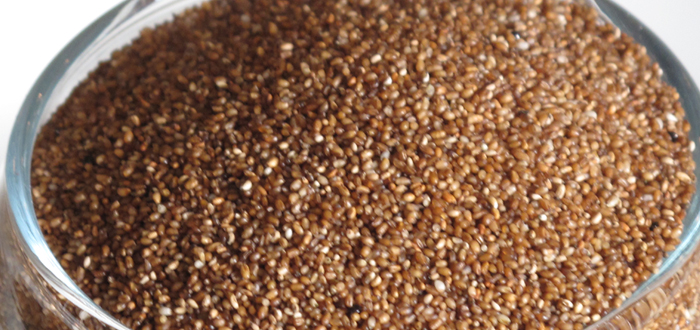
If you have been to an Ethiopian restaurant, you definitely have tried Injera, a very popular flatbread. It’s made with Teff, a gluten free grain that is now in fashion considering people are getting a little bored with Quinoa. Teff definitely has higher protein content than Quinoa and it contain the right kind of protein, Lysine, essential for muscle repair. Teff also contains albumins (the primary protein in blood plasma), making it a good alternative to eggs for vegans.
#4 Matcha Meals
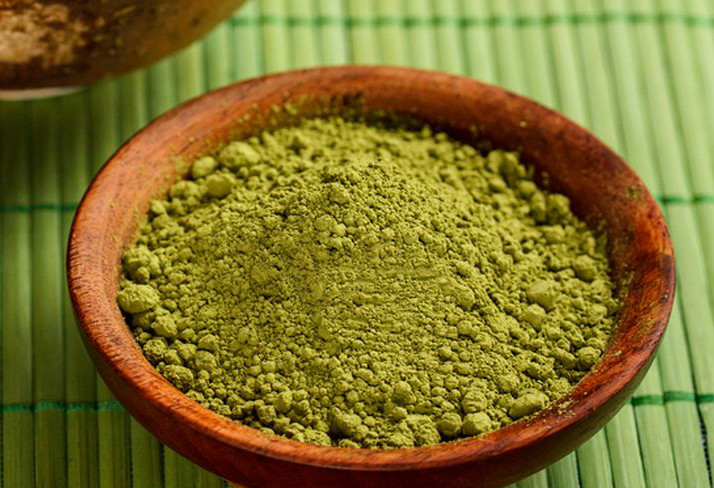
#5: Sacha Inchi Nuts
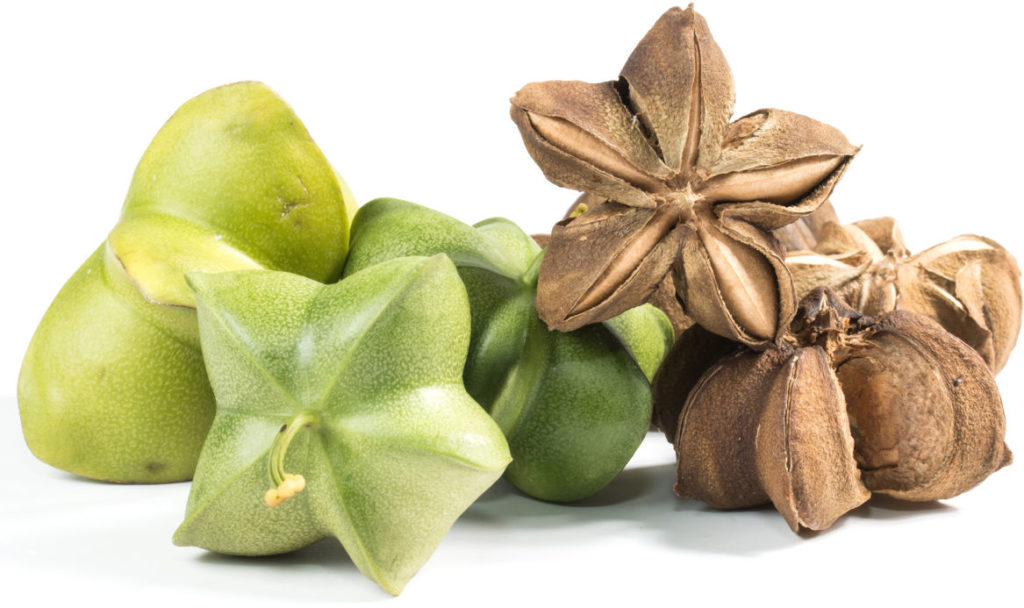
Straight from Amazon forest, this seed (or nut) was used by Incas to treat burn and skin irritation. Its oil is promoted big time by the cosmetic industry from moisturizer to treating cellulite. The seeds contain tryptophan—an essential amino acid that increases the production of serotonin. So weight-loss aside, eating it will supposedly make you calmer and happier and help you sleep more soundly.

